The word “iconic” is in overdose: so overused that even it — once a guarantee of meaning — has lost its allure. And just as the word becomes an empty refrain, a label stuck onto anything and everything, the same goes for many once-extraordinary images, now reduced to visual clichés that make us roll our eyes for their omnipresence.
But this isn’t new: with the rise of digital media, images have changed in nature. Immaterial, lightweight, free to be transmitted or printed, they are now reproduced without limits. The internet has further amplified this transformation, enabling a scale and speed of dissemination once unimaginable. And so, like roommates trapped in forced cohabitation, what once shone for its uniqueness now feels suffocating. In front of what once left generations breathless, the contemporary viewer sighs wearily: “Enough, please.”
We live in an era of visual bulimia. If once the work of art was a rare object, endowed with a unique and charismatic aura, today every image — from Michelangelo’s David to a perfectly foamed cappuccino — flows through the same visual stream, or better yet, the same feed, indistinguishable among thousands of others.
Since the Lascaux cave paintings, art has existed to share something (…) art is the oldest social network that has ever existed.
Francesco Bonami, Post. L’opera d’arte nell’epoca
della sua riproducibilità sociale, 2019
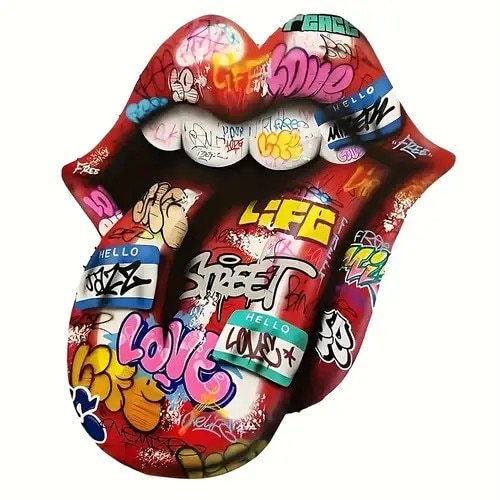
The technical reproducibility Walter Benjamin once spoke of has today become viral reproducibility: not only can we copy every image, but we do so compulsively. Every piece of content holds potential as a commodity, every glance translates into visibility — and with that, into value.
Who hasn’t stood in front of a long-awaited masterpiece at a museum and felt a strange sense of disappointment? After being exposed to countless reproductions, the original struggles to live up to our now-distorted expectations. Then there’s the selfie effect: just a few seconds in front of the artwork — enough time to turn your back on it and snap a photo with the celebrity. No more magnets, notebooks, or tote bags: the most coveted souvenir is a picture with the artwork.
And if the act of photographing has replaced the act of looking, it means we've moved from a contemplative gaze to a productive one: the image is no longer what we see, but what we create to be seen. And when everything is seen, everything becomes replicable, repeatable, forgettable.
Posting doesn’t make us any happier — but if we happen to be truly happy, say after seeing a beautiful artwork, sharing it might help others make the effort to go see it themselves, expanding their physical and mental horizons.
Francesco Bonami, Post. L’opera d’arte nell’epoca
della sua riproducibilità sociale, 2019
But the peak is reached when one icon overlaps with another: just think of the photo posted by Chiara Ferragni in July 2020 during a visit to the Uffizi, showing her in front of Botticelli’s Birth of Venus. An image that split the public — between enthusiastic supporters, hopeful it might spark a much-needed “modernization” to bring young people closer to Italian culture, and outraged critics, who saw the gesture as a shallow pop appropriation, a desecration disguised as promotion.
Our addiction to reproduction creates matryoshka effects. And perhaps it was precisely that episode that lit the fuse for the now-infamous 2023 campaign by the Ministry of Tourism and ENIT, Open to meraviglia, which turned Botticelli’s Venus into a full-blown influencer — chosen to “sell Italy and its excellence.”
There she was: on a scooter, taking selfies in Piazza San Marco, cycling near the Colosseum in blue shorts and a striped top, or sitting on a cliff in Polignano wearing a pale blue linen outfit, busy — as Minister Santanchè declared — “putting Italy first in the world,” because, after all, “we’re the most beautiful, but we’ve never been the best at promoting ourselves.”
A now faded memory, that influencer-Venus: icon among icons, perfectly blended into the kitsch of mass tourism. But just when you thought it couldn’t get any worse, we at Domus have put together a list of images we truly can’t bear anymore — a list so brutal it might just bring a tear to your eye.
Warhol’s Marilyn
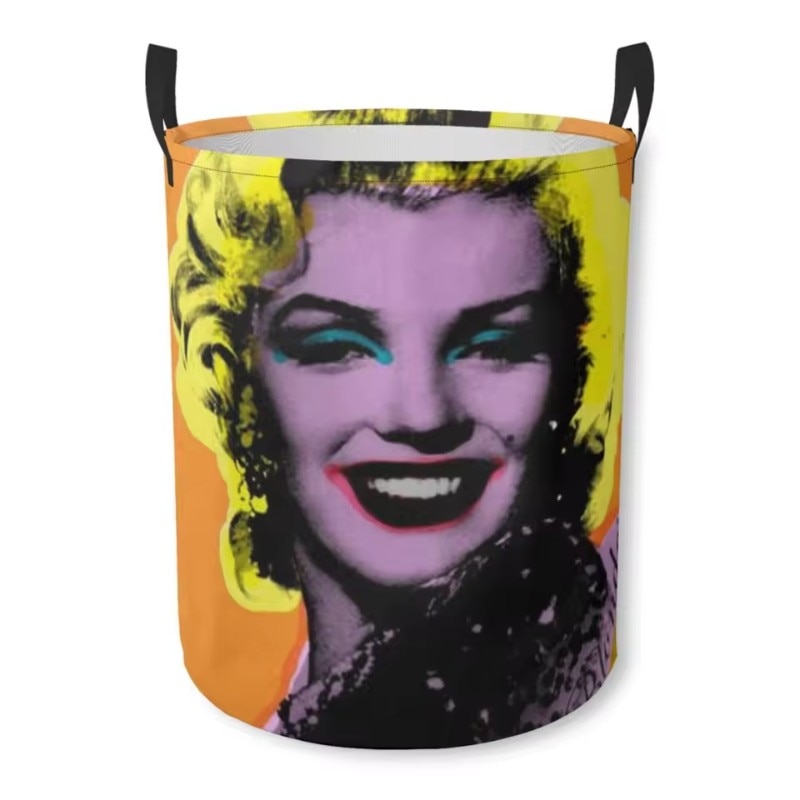
Few people in the world have ever been more “iconic” than Marilyn was in her own lifetime: body, voice, fragility, sensuality, success, and downfall — everything about her was already charged, symbolic, overloaded with meaning. As if that weren’t enough, along came Warhol, who turned her into a series. His silkscreened image of Marilyn was a brilliant (and slightly cynical) response to celebrity worship and the commodifying power of the image. A critical gesture, certainly — but the system managed to devour it, digest it, and ultimately prove Warhol right.
Today, Marilyn is everywhere: no longer a woman, no longer a symbol. No longer an image, but a surface. A pattern, almost a vector graphic. The symbol of excess turned into pure excess.
Frida Kahlo’s portrait
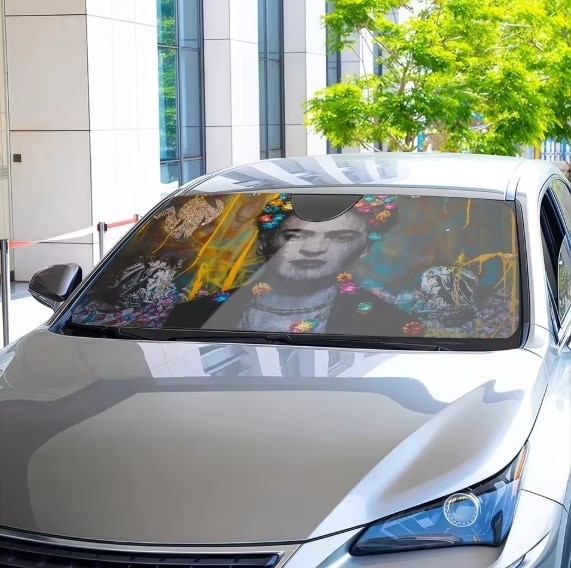
Frida Kahlo never needed to become an icon. Painter, communist, Indigenous, queer, disabled, tragic, fiercely alive — every detail of her existence was already charged, political, and unrepeatable, because it was deeply biographical.
And precisely for that reason, her face is now everywhere — but it’s become smiling, flowery, stylized, reassuring. A historical figure domesticated, trapped in a folk aesthetic fit for a “design” shelf. No longer a disruptive artist, but a pop saint fit for a “feminist” notebook.
And no — a flower in her hair won’t be enough to soften the bitterness.
Salvador Dalí’s mustache and melting clocks

In a way, Salvador Dalí did it all himself. He was the first to turn his own image into a work of art: the eccentric genius, the gravity-defying mustache, lobsters on leashes, the wild visionary stare, the theatrical entrances. More than a proto-influencer, he was the forerunner of those viral videos now circulating in group chats with close friends.
And maybe that’s exactly why he’s everywhere today — even in places where, despite his ego, he probably wouldn’t want to be.
If the surrealist imagination was born to destabilize, the artist who once aimed to shock the bourgeoisie has ended up on the covers of motivational planners.
The greatest paradox? He’d probably love it.
Klimt’s The Kiss

There was a time when The Kiss by Klimt was a golden explosion of sensuality — an embrace suspended between ecstasy and dissolution, where form and ornament merged into a mystical vision of love.
Today, it’s a pillow. Or a mug. Or a fridge magnet. In some cases, even a piece of living room furniture (true story, straight from my mother’s house).
Once gold leaf on canvas — now a print on a plywood cabinet door.
Michelangelo’s David

The ultimate symbol of classical beauty: balance, strength, restrained tension. A proud gaze carved in marble, ready to defy both Goliath and the centuries.
And yet, it ended up printed on boxers with slogans like “100% Italian.” A poster boy for the proverbial virile tenacity of the Italian male stereotype.
Einstein sticking out his tongue

A photo taken for fun, at the end of an evening, as he tried to dodge the photographers — like the ones snapped at you in a nightclub at 3 a.m., except his would become immortal.
We challenge anyone to name another photo of Einstein.
The rebellious genius, the unconventional scientist. He probably just wanted to brush his teeth and go to bed — not end up on pencil holders and novelty mugs.
The Beatles crossing Abbey Road
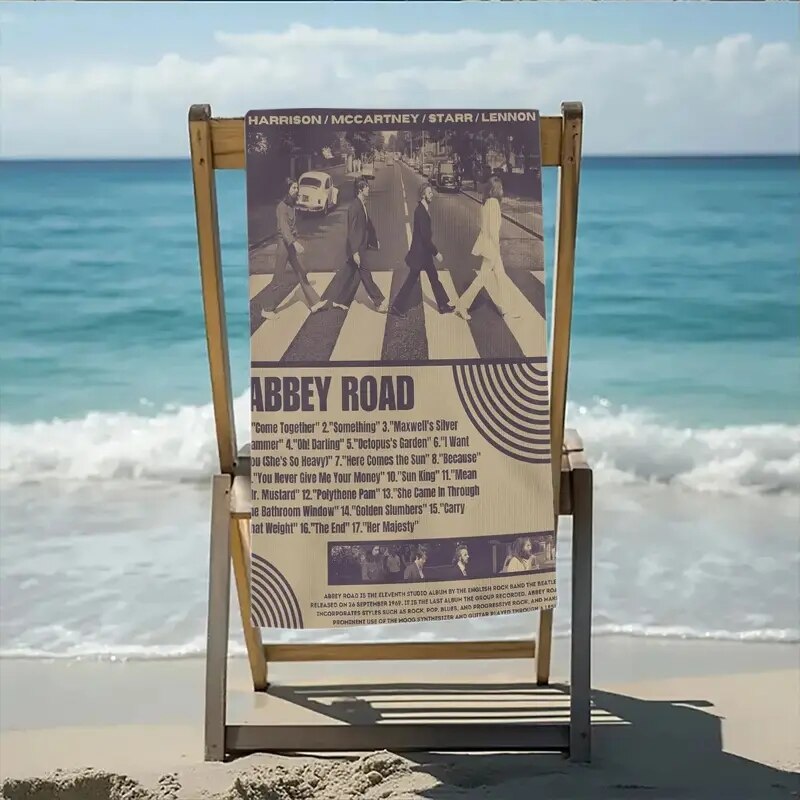
London, 8 August 1969. The Beatles are recording their final album at Abbey Road Studios and, for the cover, they decide to step out of the studio and cross the street. No posing, no set design — just four guys walking single file, in broad daylight, as if it were nothing. The result? One of the most recognizable images of all time.
Since then, that zebra crossing has become a pilgrimage site. Holidaying families, couples, corporate teams — all recreating the shot, all with the enthusiasm of being the first.
The photo that was meant to mark an ending (their last crossing before the breakup) has become an endless visual loop — with no traffic light.
Alfred Eisenstaedt’s V-J Day in Times Square

It’s August 14, 1945. The war is over, and in Times Square, a sailor kisses a nurse in a gesture that’s impulsive, spontaneous, overwhelming. Alfred Eisenstaedt captures the moment, and the photo becomes a symbol of regained peace, collective joy, and a return to life.
Then, the inevitable happens: the image detaches from its time, gets cleaned up, sweetened. It becomes a poster, a cereal ad, a print for a shabby-chic living room.
And here, another chapter could begin — the one about the vintage craze — but let’s save that for another time.
The Mona Lisa
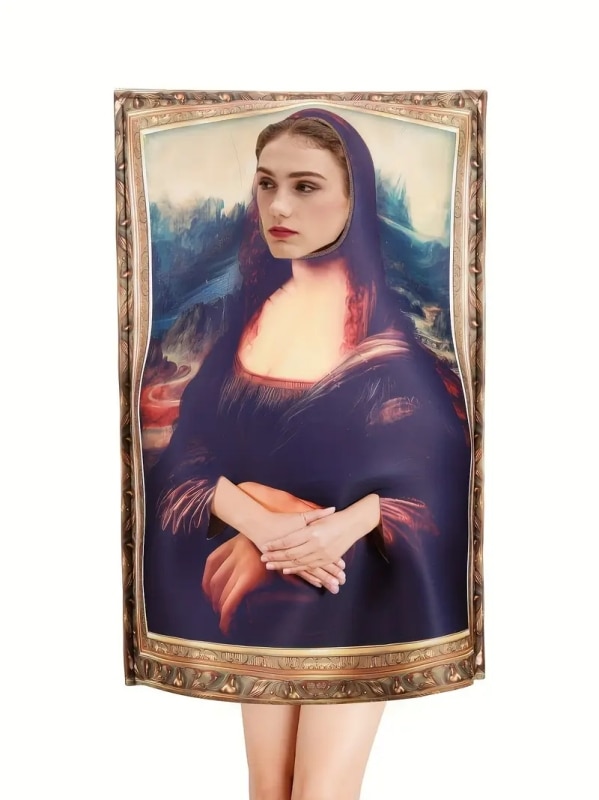
If you’ve made it this far, you were probably expecting her.
For centuries, she’s watched the world with that enigmatic smile — suspended between irony and compassion. An undisputed masterpiece, object of worship, of thefts, of endless queues and shaky selfies.
But really — has anyone ever truly seen her in person?
For many, the Mona Lisa is the first true global celebrity in art history. One thing’s for sure: she’s the most exhausted.
Mexican skulls
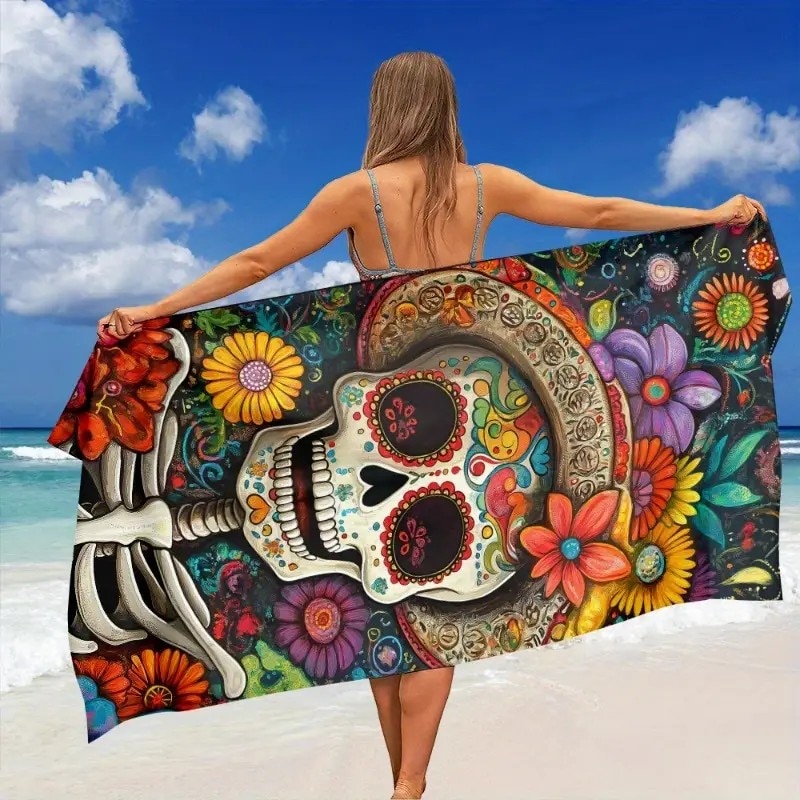
Born as symbols of Día de los Muertos, they once evoked our relationship with death, the memory of ancestors, the cycle of life.
Now they stare out from a shelf — hand-painted, and probably covered in glitter.
A little folklore, a little posh, a little too much.
Flamingos and unicorns

The royal couple of contemporary kitsch. Undisputed stars of pool inflatables, weekly planners, flannel pajamas, and Instagrammable brunches. Everything loud, everything pastel, everything excessively cute.
They seemed like harmless symbols of escapism — one tropical, the other fantastical — and so we let them in everywhere.
Now they’re worse than pigeons: we just can’t get rid of them.
Happy hour, Milanese edition
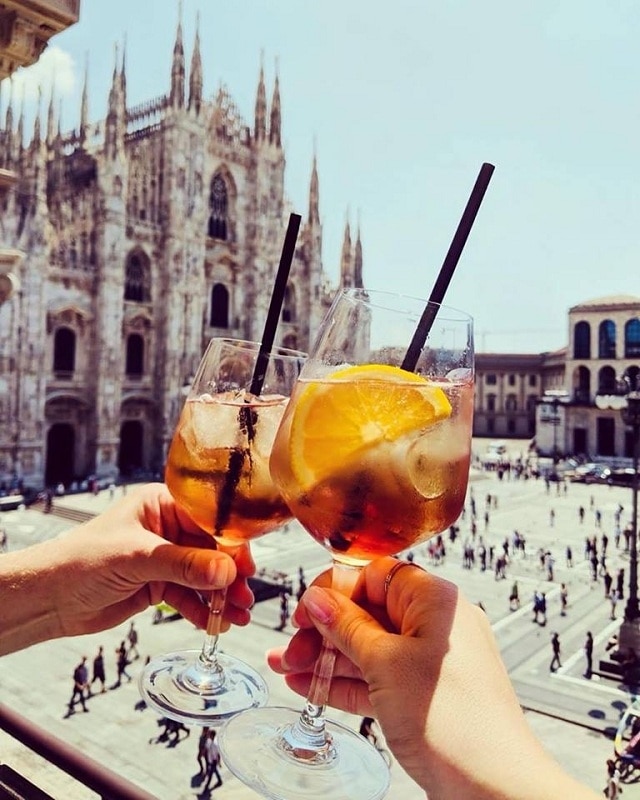
Spritz, charcuterie boards, and Instagram stories crafted with calculated nonchalance.
Once upon a time, people just went out for a drink. Today, they go for an aperitivo — which, by the way, is the perfect time slot for those borderline meetups: the ones you’re not sure you want to see at dinner or later.
And if you hadn’t thought about it before, here’s the upside: no more seltzer required.
Now, even Campari might start to taste just a little more bitter.
People jumping in photos
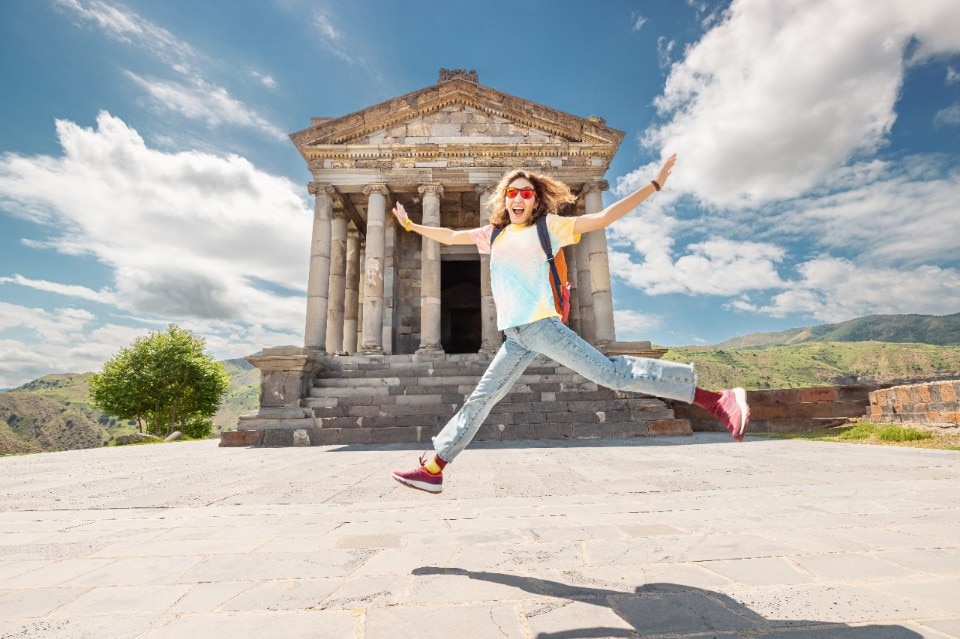
It was meant to be a gesture of spontaneity, joy, freedom — the livin’ la vida loca of souvenir photos.
It’s become an epidemic: the photo with the built-in jump.
Entire squads of tourists mid-air — in clubs, in front of monuments, at weddings, sunsets, deserts, canyons, Biennale pavilions. We don’t know when it started, but it hasn’t stopped since.
Granted, it takes a beast of a body.
In semiotics, the concept of “iconic” is based on the relationship between sign, object, and meaning: if everything becomes iconic, then nothing truly is. That’s the paradox of our time — the more images we produce, the more meaning slips away. The risk is a flattening of the imagination, where everything feels already seen, already scrolled past, already archived. The real question is whether, in this relentless production of images, there’s still room for something meaningful and authentic — and how long it has before it ends up printed on a mug.

